With its pink walls, majestic array of turrets and towers, and a history stretching back 800 years, Fyvie Castle is the epitome of a fairytale fortress.
Renowned for its lavish interiors, ornate ceilings and world-famous art collection, the Aberdeenshire stronghold is said to be the most haunted castle in the north-east of Scotland.
Tales of ghosts, green and grey ladies, mysterious stones that ‘weep’, and secret chambers abound, and a visit is sure to send shivers down your spine.
I met up with Joe Malster for a guided tour of the castle, and was spooked to the core.
I’d barely entered the great hallway when, on noticing a creepy looking suit of armour, the hairs on the back of my neck stood up.
Creepy
Unlike “normal” suits of armour, the way in which this one seems to grin is truly terrifying – like something out of a horror movie.
“It’s German but as far as I know it never saw action,” quips Joe.
As we explore some, but not all of the castle – there are 107 rooms – Joe shares some of the most hair-raising tales.
In the morning room, for example, the cries of a baby can be heard from deep within the walls.
“When the castle was renovated in the 1800s, the bones of a baby were found in a hessian sack in a chimney which had been bricked up,” says Joe.
“Nobody knows whose baby it was but it can sometimes be heard crying.”
Corridor of doom
En route to the library, we navigate a corridor which Joe says always gives people the willies.
There’s a real sense of claustrophobia here – it’s a narrow space lined with eerie photos, red wallpaper and thick velvet curtains.
“The alarm is always going off here – for no reason,” says Joe. Very weird.
Death mask
The library itself is a total creep-fest, largely because it boasts the gruesome death mask of John Pallet, hanged for murder in 1823.
The mark left by the noose on his neck is visible and he has a ghastly smirk on his face. It’s a chilling sight.
It was a curious Victorian hobby to collect phrenological death masks of hanged murderers, and steel magnate Alexander Forbes-Leith, who bought Fyvie Castle in 1889 using his industrial fortune, clearly enjoyed doing this.
So, who was Pallet? “He was a notorious rogue who’d been fined for being drunk in public and had his pigs confiscated by a local sheriff,” Joe tells me. “Determined to exact revenge, Pallet smashed the sheriff’s skull to pieces with a branch. It’s quite macabre.”
I’m not enjoying the library’s atmosphere, and apparently many who are “sensitive” to ghosts feel sick as they approach, and some refuse to enter.
Drummond bedroom
Another eerie room is the Drummond bedroom, said to be haunted by Lilias Drummond, wife of laird Alexander Seton.
Having failed to produce a male heir, she was imprisoned in the “murder room”.
“The story goes that Seton remarried and he and his new wife spent their wedding night in the Drummond bedroom,” explains Joe.
“While in bed, they heard scratching, and Seton later found that Lilias had scratched her name into the stone windowsill.”
With that, Joe invites me to take a look – and lo-and-behold, the carved name remains to this day.
It’s said that if the room temperature drops and the air fills with the smell of roses, you’re in the presence of Lilias’s ghost – she always wore rose-scented perfume.
Spectral sightings
Lilias is also known as the Green Lady, and there have been many sightings of a ghostly green figure around the castle, and down by the lake and boat house.
Heading into the ‘murder room’, Joe says this is where Lilias was supposedly locked up and either died of starvation or was killed.
Lifting up the carpet, he reveals ‘blood stains’, which cannot be washed away. Joe, however, is sceptical.
“There are various stories,” he frowns. “Some say Lilias was killed here, others say her family rescued her. Others say her relatives were killed here. Who knows!”
Weeping stones
Another strange legend is that of the weeping stones, and I’m honoured to get up close to one of them.
“It’s said that Thomas the Rhymer, a 13th Century seer, laid a curse that no male heir would inherit the castle until three stones used in its construction were returned to the sacred burial site they were taken from,” says Joe.
Strangely, the stones are supposed to stay wet when all is dry around them…
Ghosts galore
Other ghosts reported to flit around the castle’s corridors include a phantom trumpeter, a little girl called Annie, and a cigar-smoking figure flitting.
There’s also a sealed-up chamber underneath the Charter Room and it’s said that anyone who opens it will go blind.
And there’s the story of the grey lady, thought to be the ghost of Lady Meldrum who died in the 13th Century.
Apparently, in the late 1920s, a strange growth of ‘monster fungus’ erupted on a wall, prompting investigation.
When workmen tore down the wall they discovered a woman’s skeleton, which they duly buried.
However, this triggered a series of sightings of a grey lady, and Lord Leith ordered that the skeleton be exhumed and put back into the wall. The result? She ceased her hauntings.
It’s no surprise that ghost hunters of TV show Most Haunted visited Fyvie Castle for an episode in 2009 and said it had some of the greatest paranormal activities they had encountered.
- For more information see nts.org.uk/visit/places/fyvie-castle
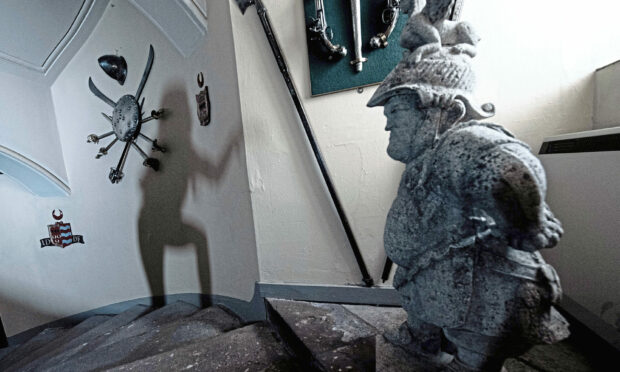
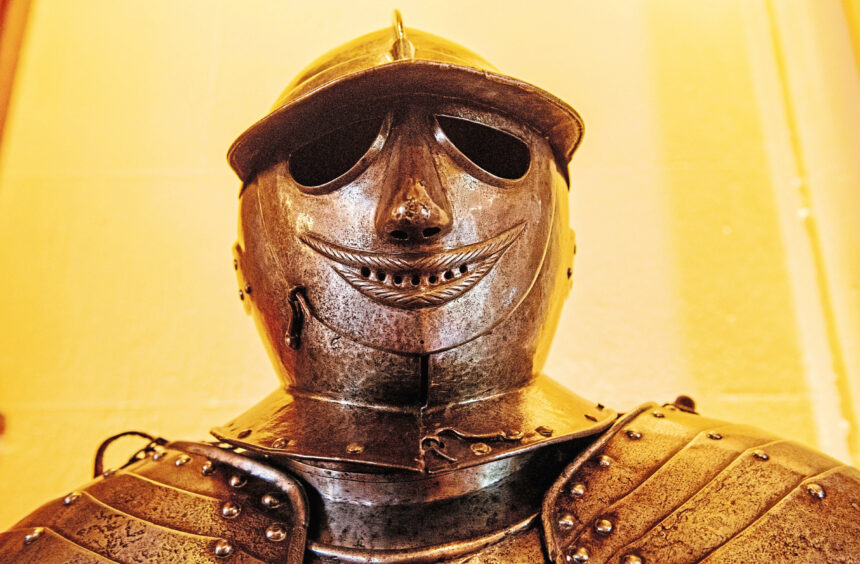
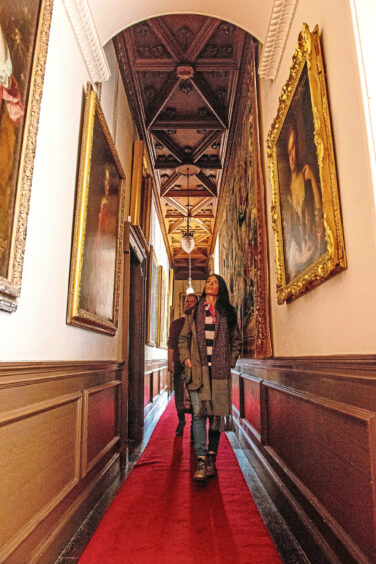
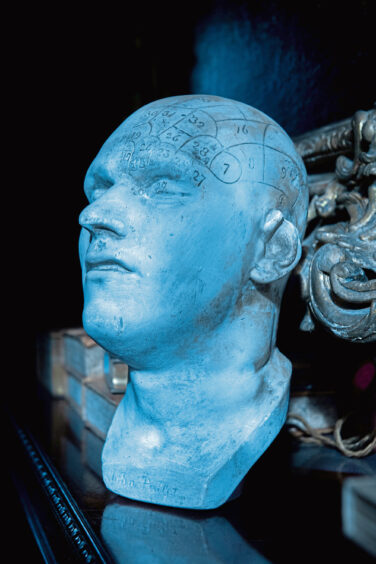

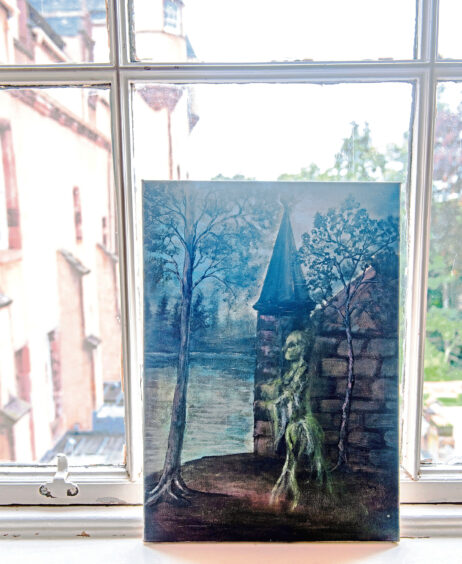
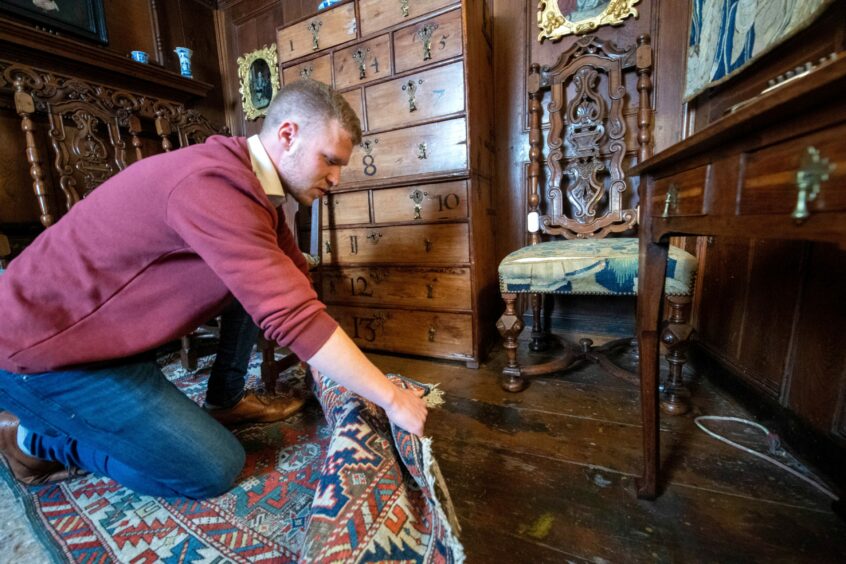


Conversation